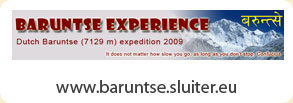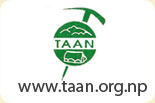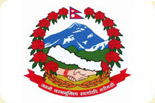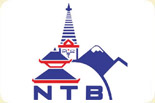- Trekking in Nepal
- Paragliding in Nepal
- Peak Climbing in Nepal
- Flight Reservation in Nepal
- Trekking Peak climbing in Nepal
- Bunjee Jumping in Nepal
- High Pass (ADVENTURE) Trek
- Hostel Accommodatin
- Hotel Accommodation in Nepal
- Jungle Safari in Nepal
- Mountain Bike in Nepal
- Travel / Tour in Nepal
- Vehicle Hire Service
Tibet
Tibet is a plateau region in Asia, north of the Himalayas, and the home to the indigenous Tibetan people and some other ethnic groups. With an average elevation of 4,900 metres (16,000 ft), it is the highest region on Earth and has in recent decades increasingly been referred to as the "Roof of the World".
In the history of Tibet, it has been an independent country, divided into different countries, and a part of China each for a certain amount of time. Tibet was first unified under King Songtsän Gampo in the seventh century. A government nominally headed by the Dalai Lamas, a line of spiritual leaders, ruled a large portion of the Tibetan region at various times from the 1640s until 1950s. During most of this period, the Tibetan administration was subordinate to the Chinese empire of the Qing Dynasty. The 13th Dalai Lama proclaimed Tibet independent in 1913, but this declaration was not accepted by China. Furthermore, Tibet was not recognized by any country as a de jure independent nation. As a measure of the power that regents must have wielded, it is important to note that only three of the fourteen Dalai Lamas have actually ruled Tibet; regents ruled during 77 percent of the period from 1751 until 1960.The Communist Party of China gained control of central and western Tibet (Tibet area controlled by the Dalai Lama) after a decisive military victory at Chamdo in 1950. The 14th Dalai Lama fled to India in 1959.
In the history of Tibet, it has been an independent country, divided into different countries, and a part of China each for a certain amount of time. Tibet was first unified under King Songtsän Gampo in the seventh century. A government nominally headed by the Dalai Lamas, a line of spiritual leaders, ruled a large portion of the Tibetan region at various times from the 1640s until 1950s. During most of this period, the Tibetan administration was subordinate to the Chinese empire of the Qing Dynasty. The 13th Dalai Lama proclaimed Tibet independent in 1913, but this declaration was not accepted by China. Furthermore, Tibet was not recognized by any country as a de jure independent nation. As a measure of the power that regents must have wielded, it is important to note that only three of the fourteen Dalai Lamas have actually ruled Tibet; regents ruled during 77 percent of the period from 1751 until 1960.The Communist Party of China gained control of central and western Tibet (Tibet area controlled by the Dalai Lama) after a decisive military victory at Chamdo in 1950. The 14th Dalai Lama fled to India in 1959.

Today, Tibet is part of the People's Republic of China in reality and
claimed by the Republic of China in its constitution while a small
part, according to the PRC and the ROC, is controlled by India. Both
sides of Chinese government regard Tibet as part of China.[4]
Currently, Beijing and the Government of Tibet in Exile disagree over
when Tibet became a part of China, and whether the incorporation into
China of Tibet is legitimate according to international law. Since what
constitutes Tibet is a matter of much debate (see map, right) neither
its size nor population are simple matters of fact, due to various
entities claiming differing parts of the area as a Tibetan region.
| Trips |
|---|
| Expedition in Tibet |
| Tour in Tibet |
| Trekking in Tibet |









